Durable Solar Fence Lights: Weathering the Storm
In regions like Seattle, where rain and overcast skies dominate much of the year, durable solar fence lights are a game-changer for homeowners seeking reliable outdoor illumination. These eco-friendly fixtures enhance safety, security, and aesthetics without relying on electrical wiring, but their performance hinges on their ability to withstand harsh weather. Poorly made solar fence lighting often succumbs to moisture, corrosion, or UV degradation, leading to dimming LEDs or complete failure within months. This article explores the importance of weatherproof solar lights, key features to look for—such as IP ratings, sealed designs, and corrosion-resistant materials—and recommends top-performing brands and models proven to last over one to two years, based on user feedback and expert reviews.
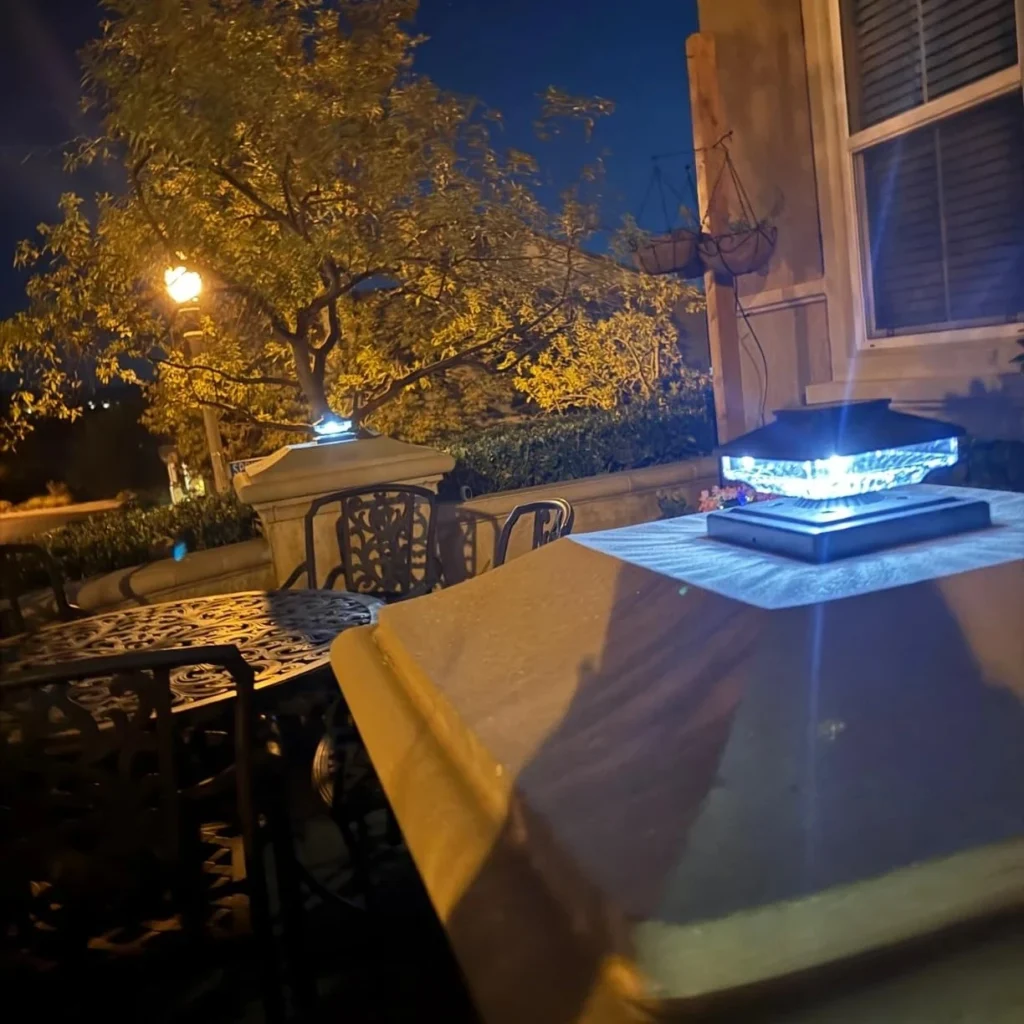
The Need for Durability in Harsh Climates
Seattle’s climate, characterized by frequent rain, high humidity, and occasional windstorms, poses unique challenges for solar outdoor lighting. According to the National Weather Service, Seattle averages 149 rainy days annually, with significant moisture exposure even on dry days due to mist and drizzle. Solar fence lights for wet climates must resist water ingress, corrosion, and temperature fluctuations to maintain functionality. Low-quality lights, often made with cheap plastic or inadequate seals, fail quickly in such conditions, leading to costly replacements and reduced trust in solar technology.
Investing in long-lasting solar fence lights ensures consistent performance, even during prolonged cloudy periods or storms. Durable lights not only reduce maintenance costs but also align with the environmental benefits of solar energy by minimizing waste. By choosing weather-resistant solar fence lights, homeowners can illuminate their fences, decks, or pathways with confidence, enhancing curb appeal and safety year-round.
Key Features to Look for in Durable Solar Fence Lights
To select durable solar fence lights that thrive in wet and stormy climates, focus on three critical features: IP ratings, sealed designs, and corrosion-resistant materials.
1. IP Ratings: Protection Against Water and Dust
The Ingress Protection (IP) rating indicates a light’s resistance to solids (like dust) and liquids (like water). For weatherproof solar lights in rainy regions like Seattle, an IP65 rating or higher is essential. The first digit (6) signifies complete dust protection, while the second (5 or above) indicates resistance to water jets or heavy rain. For example:
- IP65: Protects against low-pressure water jets, ideal for rain and splashes.
- IP66: Resists high-pressure water jets, suitable for intense storms.
- IP68: Can withstand prolonged submersion, perfect for flood-prone areas.
According to Bob Vila, solar fence lights with at least an IP65 rating are recommended for most outdoor conditions, ensuring longevity in wet climates. Avoid lights with lower ratings like IP44, which are only splash-proof and may fail during heavy rain. Check product specifications for IP ratings to ensure weather-resistant solar fence lights can handle your local climate.
2. Sealed Designs: Keeping Moisture Out
A robust sealed solar light design is critical to prevent water from infiltrating internal components like batteries, LEDs, and circuits. Poorly sealed lights, even with high IP ratings, can develop condensation or corrosion over time, as noted in user reviews of the Melunar solar fence lights, which showed condensation after storms. Look for:
- Gasket Seals: Rubber or silicone gaskets around the solar panel, battery compartment, and LED housing create a watertight barrier.
- Ultrasonic Welding: Some premium solar fence lighting uses ultrasonic welding to fuse components, eliminating gaps where water could seep.
- Frosted or Tempered Glass: Solar lights with tempered glass panels protect solar cells from scratches and moisture while maintaining clarity. Unlike plastic, glass resists yellowing and cracking, ensuring long-term efficiency.
A sealed solar light design is particularly vital in Seattle, where constant moisture can penetrate even small crevices. Brands like Kemeco emphasize sealed aluminum and glass construction, earning praise for enduring rain without damage.
3. Corrosion-Resistant Materials: Built to Last
Corrosion-resistant materials are non-negotiable for solar fence lights for wet climates. Saltwater, humidity, and UV exposure accelerate corrosion in metals and degradation in plastics, especially in coastal areas near Seattle. Opt for:
- Stainless Steel: Stainless steel solar lights resist rust and corrosion, even in humid or salty environments. They’re ideal for coastal properties, as noted in marine-grade lighting recommendations.
- Aluminum: Aluminum solar fence lights, especially powder-coated, offer lightweight durability and UV resistance. Powder-coated aluminum prevents fading and withstands heat, making it suitable for variable climates.
- High-Grade ABS Plastic: While metal is preferred, ABS plastic solar lights (acrylonitrile butadiene styrene) are impact-resistant and UV-stable, as used in the Baxia solar lights, which users praise for enduring snow and rain.
- Lithium-Ion Batteries: Solar lights with lithium-ion batteries provide better performance and longevity than nickel-cadmium (NiCd) batteries, which degrade faster in wet conditions.
Avoid cheap plastics or untreated metals, which corrode or fade quickly. Corrosion-resistant materials ensure long-lasting solar fence lights maintain both functionality and aesthetics over years of exposure.
Recommended Products: Proven Durability in Harsh Conditions
Based on user feedback, expert reviews, and performance in wet climates, here are three durable solar fence lights proven to last over one to two years, even in challenging conditions like Seattle’s:
1. Kemeco ST4311AQ Solar Post Light
- Materials: Aluminum frame with tempered glass panels, ensuring corrosion-resistant durability. Its black powder-coated finish resists fading and rust.
- IP Rating: IP65, protecting against rain and dust, with a sealed solar light design that withstood water tests without damage.
- Performance: Features a lithium-ion battery and warm-white LEDs, providing 8-10 hours of illumination after 6-8 hours of charging. Users report a solar light lifespan of over three years with consistent brightness.
- User Feedback: Praised for its ornate design and reliability in rainy climates, with no reported corrosion or dimming after two years of use in coastal areas.
- Price: Approximately $90 per unit, reflecting premium quality.
2. Baxia Technology BX-SL-101 Solar Fence Lights (6-Pack)
- Materials: High-quality ABS plastic, offering impact resistance and UV stability. Its sealed solar light design ensures no water ingress.
- IP Rating: IP65, making it suitable for heavy rain and snow, with users confirming durability through harsh winters.
- Performance: Equipped with a 600mAh lithium-ion battery and motion sensors, delivering up to 8 hours of light after 6-8 hours of charging. Emits 10 lumens per light, ideal for ambient lighting.
- User Feedback: Highly rated for long-lasting solar fence lights, with users noting over two years of reliable operation in rainy and snowy conditions without corrosion.
- Price: Around $30 for six, offering excellent value for budget-conscious buyers.
3. Roshwey Solar Fence Lights (10-Pack)
- Materials: Stainless steel body with a polycarbonate lens, ensuring corrosion-resistant performance. Its robust construction resists wind and rain.
- IP Rating: IP65, guaranteeing protection against moisture and dust, with a sealed solar light design preventing condensation.
- Performance: Features a 1600mAh lithium-ion battery and 30 LEDs per light, providing bright illumination for up to 8 hours. Motion sensors enhance security.
- User Feedback: Users in wet climates like Seattle praise its solar light lifespan of over two years, with no rust or performance issues despite constant rain.
- Price: Approximately $40 for ten, balancing affordability and durability.
4. BITPOTT Bright Solar Fence Lights (6-Pack)
- Materials: Stainless steel body with a polycarbonate lens, ensuring corrosion-resistant performance. The robust construction withstands rain, wind, and UV exposure, ideal for harsh climates.
- IP Rating: IP65, providing excellent protection against moisture and dust. The sealed solar light design prevents condensation, ensuring reliability in wet environments like Seattle.
- Performance: Equipped with a 3.7V/1.85Wh lithium-ion battery and warm-white tungsten filament LEDs, delivering up to 12-14 hours of illumination after a full charge. Features auto on/off for energy efficiency.
- User Feedback: Users in rainy climates praise the solar light lifespan of over two years, noting consistent brightness and no rust or performance issues despite frequent rain and wind. Customers highlight easy installation and aesthetic appeal.
- Price: Approximately $40 for six, offering a balance of affordability and durable solar fence lights for long-term outdoor use.
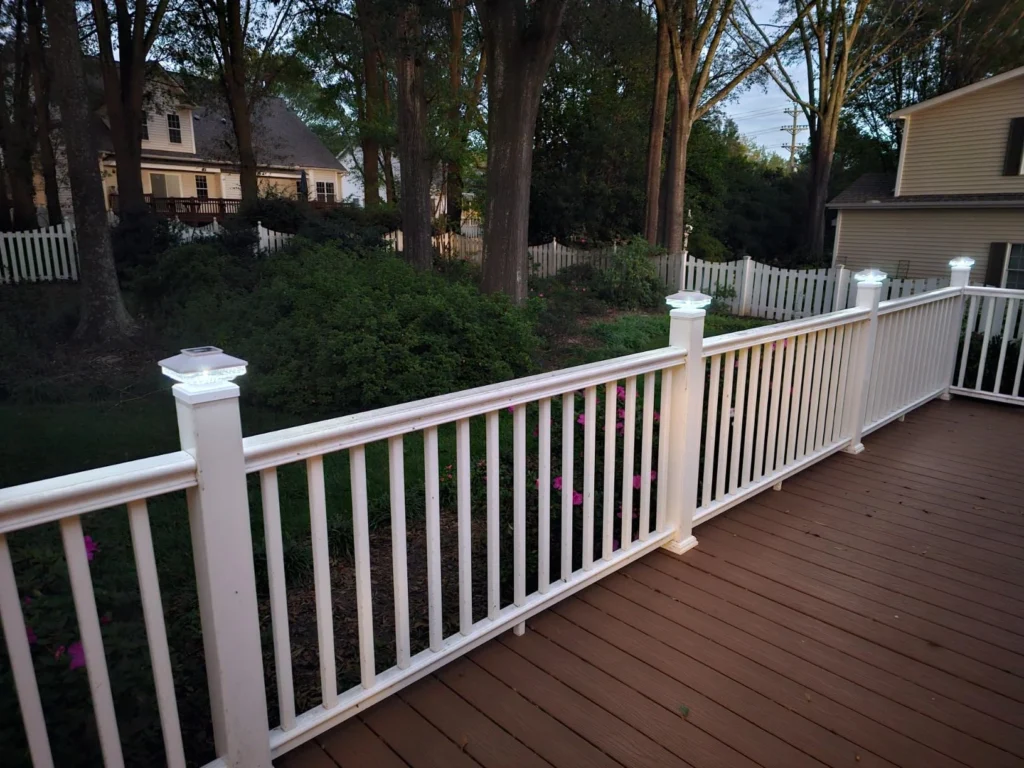
These products were selected for their weatherproof solar lights design, high IP ratings, and proven longevity, making them ideal for harsh climates.
Tips for Maximizing Durability in Wet Climates
To ensure your durable solar fence lights thrive in rainy regions like Seattle, follow these maintenance and installation tips:
- Optimal Placement: Install lights in areas with maximum sunlight exposure, facing south or southwest in the Northern Hemisphere, as recommended by Randy Schultz. Avoid shaded spots under trees or eaves, which reduce charging efficiency in cloudy climates.
- Regular Cleaning: Clean solar panels every 2-3 months with a soft cloth and mild soap to remove dirt, moss, or drizzle residue, ensuring optimal sunlight absorption.
- Battery Maintenance: Check battery performance annually and replace with lithium-ion batteries if needed. Store lights indoors during extreme storms or freezing temperatures to prevent damage.
- Secure Installation: Use provided mounting hardware to firmly attach lights to fences, preventing loosening during windstorms. For top-heavy designs like the Kemeco, ensure stable posts.
These practices enhance the solar light lifespan and maintain consistent performance, even in Seattle’s challenging weather.
The Value of Investing in Durability
While weather-resistant solar fence lights may cost more upfront, their longevity and reliability outweigh the expense of replacing cheap alternatives. For example, a $90 Kemeco light lasting three years is more cost-effective than a $15 plastic light failing annually. Long-lasting solar fence lights also reduce environmental waste, aligning with the sustainability goals of solar energy.
In wet climates, durable solar fence lights enhance safety by illuminating fences and pathways, deterring intruders, and preventing trips. Their aesthetic appeal, especially with stainless steel or aluminum finishes, elevates outdoor spaces, creating a warm, inviting ambiance. By prioritizing IP65 rating, sealed solar light design, and corrosion-resistant materials, you ensure your investment withstands the storm—literally and figuratively.
Conclusion
In rainy and stormy regions like Seattle, durable solar fence lights are essential for reliable, eco-friendly outdoor lighting. By choosing products with an IP65 rating or higher, sealed solar light design, and corrosion-resistant materials like stainless steel or aluminum, homeowners can ensure longevity and performance. Brands like Kemeco, Baxia, and Roshwey offer weatherproof solar lights proven to last over two years, backed by user feedback and expert reviews. Models like the Kemeco ST4311AQ, Baxia BX-SL-101, and Roshwey Solar Fence Lights exemplify long-lasting solar fence lights that thrive in harsh conditions.
Don’t let cheap, short-lived solar fence lighting dim your outdoor space. Invest in weather-resistant solar fence lights and enjoy safe, sustainable illumination that weathers any storm.

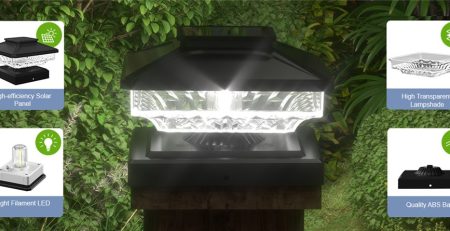
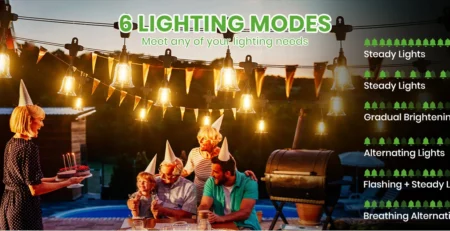

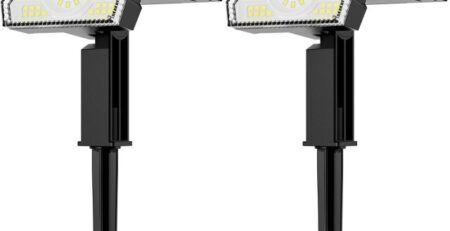
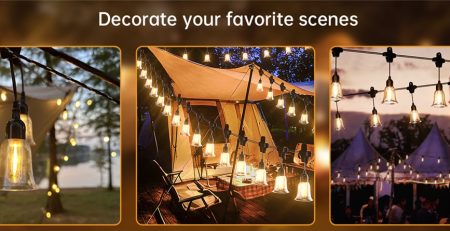
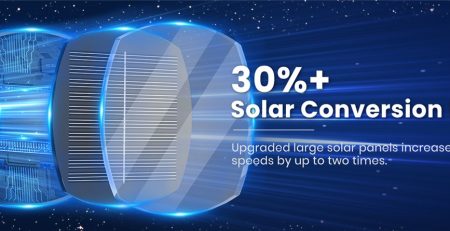
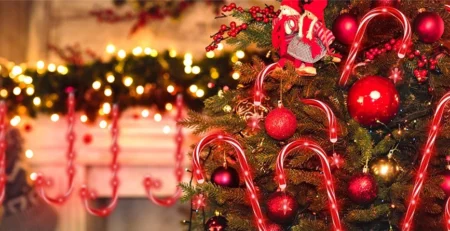
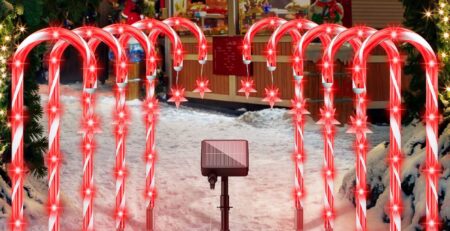
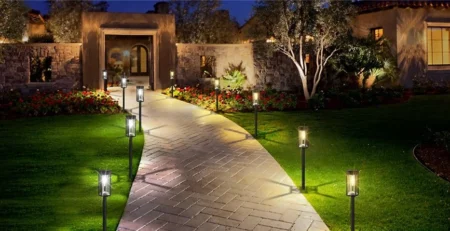

Leave a Reply